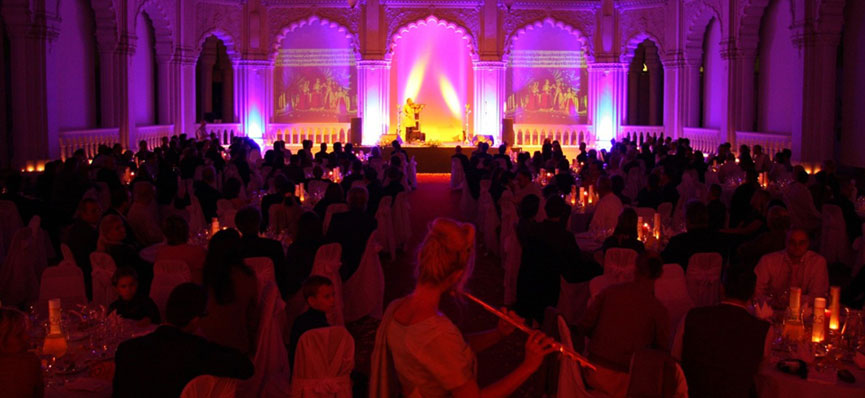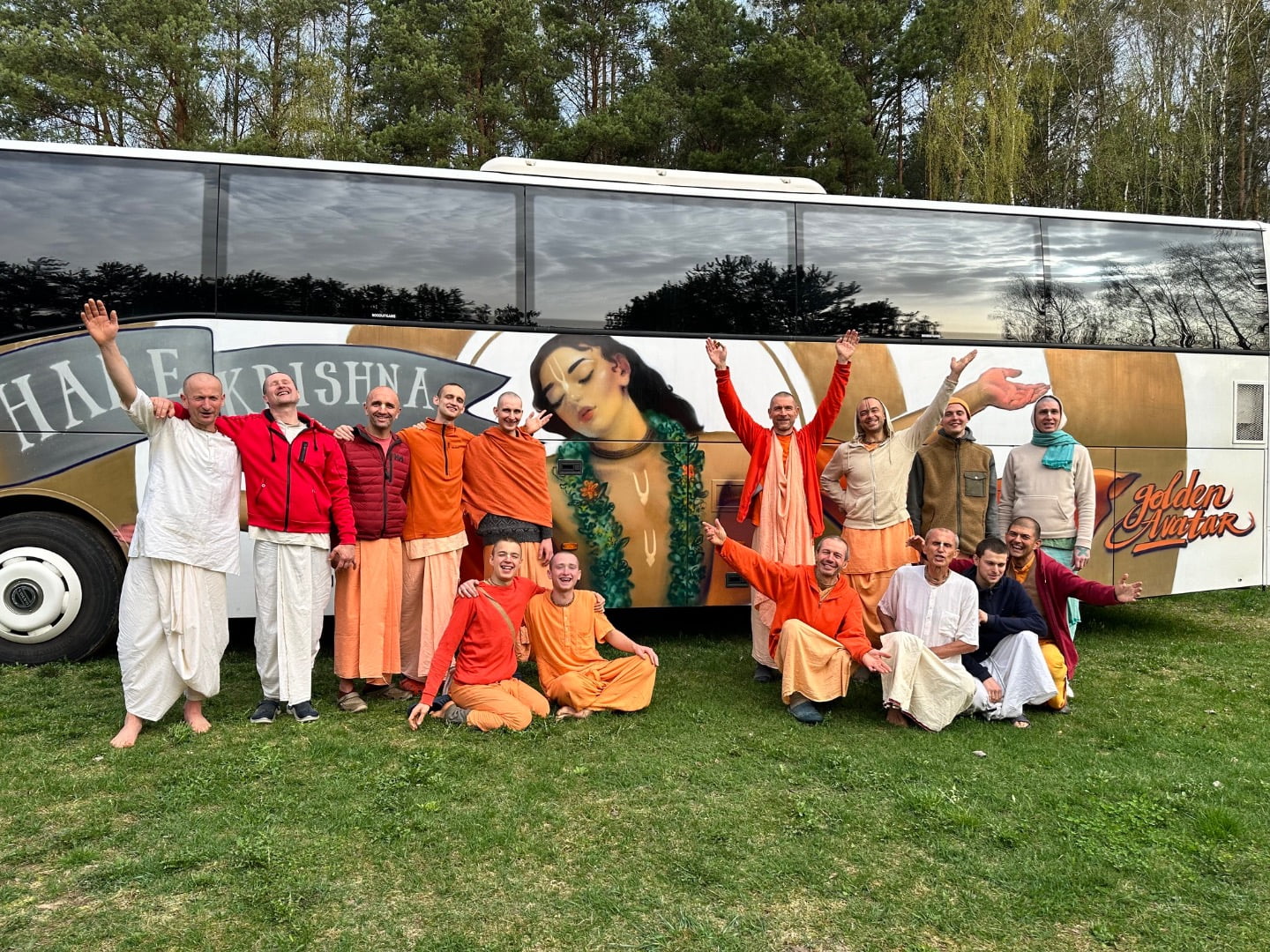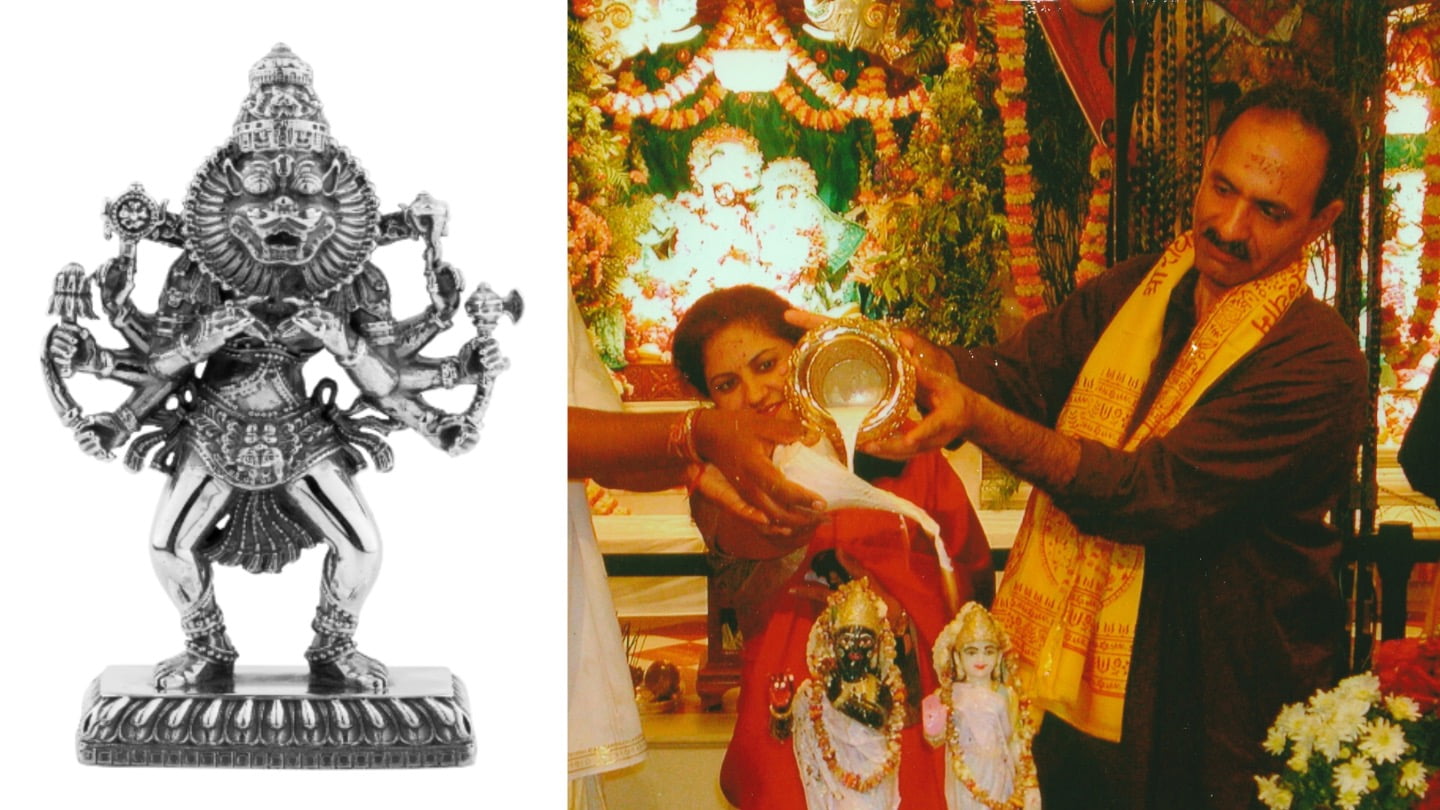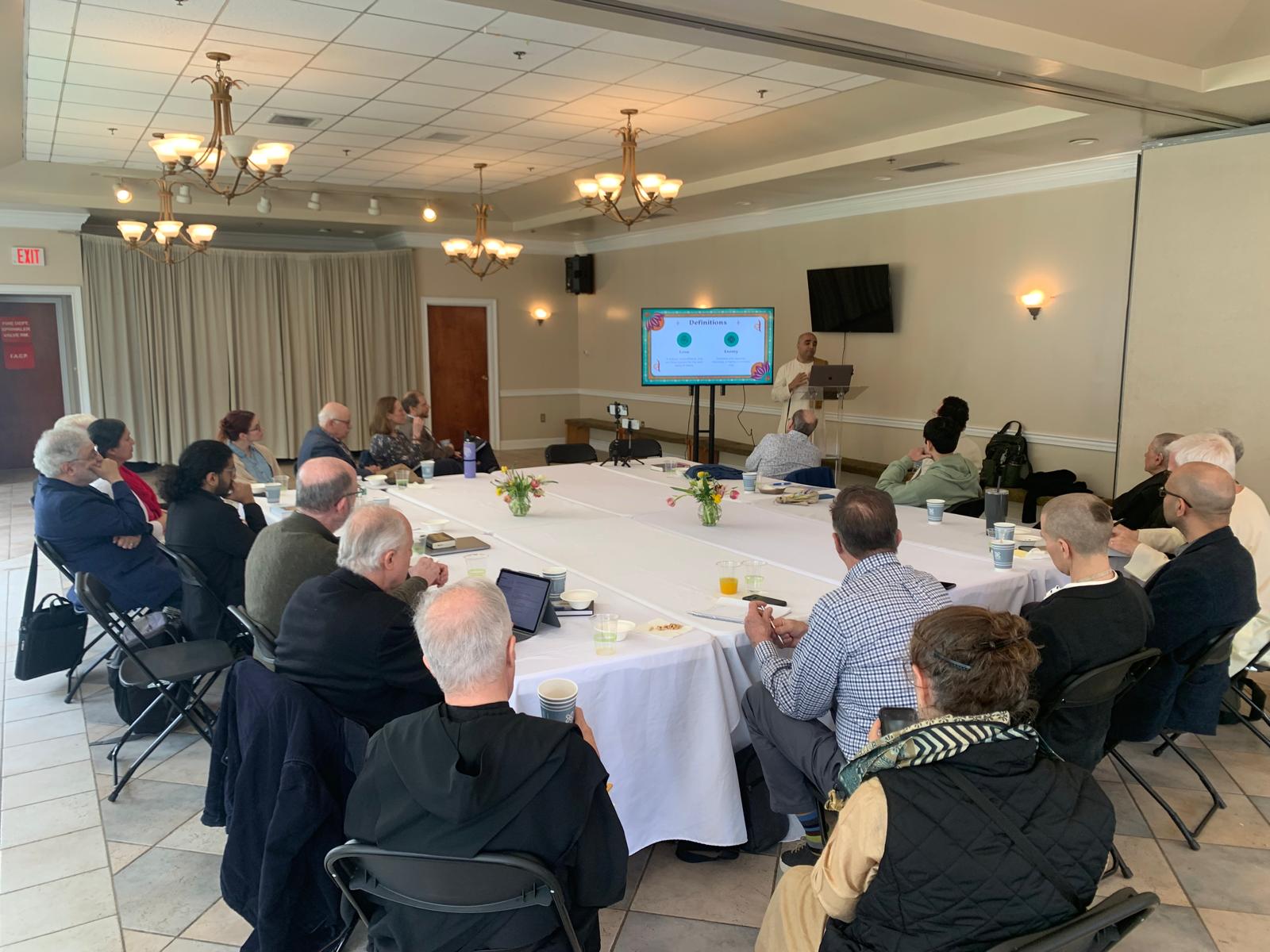Shyamasundara Dasa: Preaching to the Choir
By Madhava Smullen | Jun 05, 2011

A Hungarian music teacher has brought together two beautiful yet unlikely companions—Western classical music and traditional Vaishnava songs.
Shyamasundara Dasa’s love of classical music goes all the way back to 1976, when he was a five-year-old boy named Zoltán Bakaja, growing up in the small town of Miskolc.
“I remember my grandfather broke a branch from a tree for me, and I stood facing the record player, waving it about as if I was conducting the music,” he says.
At eight years old, when a violin teacher came to his school, Zoltan begged his mother to let him learn. She did one better, and enrolled him into the Erkel Ferenc Music School.
There, he learned violin for six years, before transferring to the Bartók Béla Secondary Music School in 1986 at age fourteen, where he added the viola to his repertoire. Finally in 1990, Zoltan moved on to Liszt Ferenc University in Budapest to complete his musical education.
“That was when I found out that there was an ISKCON temple in Budapest,” he says. “I had received Srila Prabhupada’s books Perfection of Yoga and Sri Isopanisad from devotees on the street a couple of years before, so I had already developed an interest. I decided to drop by.”
Zoltan began to regularly visit the temple, and when devotees held their first major Hare Krishna festival in Hungary later that year, he attended that too.
“The music at the festival had been billed as ‘Indian traditional music,’ and I was excited to go because I had learned about Indian classical music at University,” he says. “But I was surprised to find that this was something very different—the simple bhajans that were being played with harmonium and kartalas didn’t sound very musical to me at all. But the mantras, and the devotion with which they were sung, touched my heart.”
Zoltan began to read more of Srila Prabhupada’s books, then to chant Krishna’s names on japa beads. Soon, he joined ISKCON and received the name Shyamasundara Dasa.
The following year, devotees held a major festival tour around Hungary. When it reached his home town, Shyamasundara attended, and every weekend after that, he visited home to help devotees organize Bhagavad-gita lecture programs there.
Although he had just graduated from music University, he spent the next three years travelling and teaching Krishna consciousness full-time. He even stopped playing his classical instruments, and immersed himself in chanting bhajans with the harmonium instead.
Finally, in 1997, Shyamasundara decided to begin his career in music, and began teaching viola at the Secondary School of Fine Arts in the town of Pécs, before moving on to become assistant lecturer of chamber music at Pécs University.
It was during this time that Shyamasundara was to embark on one of the most inspiring projects of his life. In 1998, a friend of Krishna who organized regular interfaith programs arrived in Pécs to hold one there. As well as lectures from Christian, Buddhist, and Hare Krishna representatives, the event was to include music from different faiths, and the organizer asked Shyamasundara to write a musical piece for a children’s choir.
“At first I didn’t want to, because I’m not a composer,” he says. “But she was very determined, and at last I relented. We couldn’t find a children’s choir, so I wrote a piece for a single singer. The song was Damodarastakam, which is traditionally sung to Lord Damodara during the month of Kartika, and a student at Pécs University sang it with piano and viola accompaniment.”
After that, Shyamasundara had to do more. He had always wanted to be a composer, ever since waving a stick around in front of a record player at five, and now this Krishna conscious project had re-awakened his taste for writing music.
“It was the perfect combination,” he says. “Before joining ISKCON, classical music was my whole life. I enjoyed listening to it, understanding its meaning, and learning why the composers had written the pieces the way they did. And of course it’s almost impossible to describe what kirtan—which I’ve always seen as a form of worship rather than just music—means to me. I could only explain it by asking you to come to the Krishna Valley community, and to stand before the Deities of Radha-Shyamasundara during a festival kirtan.”
Shyamasundara Dasa’s second composition was an adaptation for the choir of the Sri Sad-Goswami Ashtakam, Shrinivas Acharya’s prayers to the famous six Goswamis of Vrindavana. Shyamasundara asked his colleague, a choir teacher, to help him teach it to the University’s choir, and it was performed by the students at a concert arranged for the Indian Ambassador to Hungary.
“Soon after that, I went to India with my friend Gaura Krishna Dasa—who was also a University teacher at the time and is now director of Bhaktivedanta College Hungary—to make a film about religious India,” Shyamasundara says. “When we returned, we took some of the footage of holy places throughout the country, including Sri Mayapur Dhama, and interspersed it with film of the choir singing, to create a video for the Sad-Goswami Ashtakam piece.”
The resulting peaceful, spiritual images, combined with the soaring vocals of the University of Pécs choir, send a pleasant shiver through one’s body and raises one’s hairs on end.
The success encouraged Shyamasundara to continue creating spiritual choir pieces, as well as single-singer pieces throughout his time at Pécs University. Choir pieces included Manasa Deho Geho, Nityanandastaka, Sachitanayastaka, and Krishna Jinka. Meanwhile single-singer pieces, accompanied with piano and violin, included Gurudeva, Yamunastaka, Narada Muni, Nadia Godrume, Saranagati, and Keshava.
“The Sad-Goswami Ashtakam was one of the students’ favorites, but they loved singing all the other pieces too,” says Shyamasundara. “Even people unfamiliar with the philosophy and culture really like to sing Krishna’s name!”
Since 2004, Shyamasundara has lived in the town of Nagykanizsa, where he now teaches violin at the Farkas Ferenc School of Music and Fine Arts. There, opportunities to put on choir performances are more rare, so he channels his Krishna conscious creativity by broadcasting ten-minute podcasts on the Bhagavad-gita and Chaitanya Charitamrita, as well as by translating Vaishnava poems into Hungarian from the original Sanskrit.
When the opportunity does arise, however, Shyamasundara is still enthusiastic about combining classical music and Vaishnava songs. In November 2010 he conducted a performance of his Damodarastakam and Saranagati compositions, with violin by world-famous Hungarian musician Jozsef Lendvay, at an official Diwali Dinner organized by ISKCON Hungary.
Special guests at the event, which was held at the Museum of Applied Arts in Budapest, included the current Indian Ambassador to Hungary Gauri Shankar Gupta, several representatives of the Church, and ISKCON leader Sivarama Swami.
Shyamasundara’s compositions are available to hear on his website, http://bakaja.hu, and he doesn’t rule out a CD release, or further live performances.
“I’m always happy to perform if there are opportunities,” he says. “Only Krishna knows what the future will bring.”
To view the video of Pécs University Choir performing Sad-Goswami-Ashtakam, please click here: http://www.youtube.com/watch?v=1vmcKsp_HE0
To listen to all of Shyamasundara’s choir pieces, please click here: http://bakaja.hu/zoltan-bakaja-choir-pieces.html
To listen to all of his songs with piano and violin accompaniment, please click here: http://bakaja.hu/zoltan-bakaja-songs.html
A video of the Divali Celebration, 2010 Budapest, Hungary. Music by Syamasundar Das:














